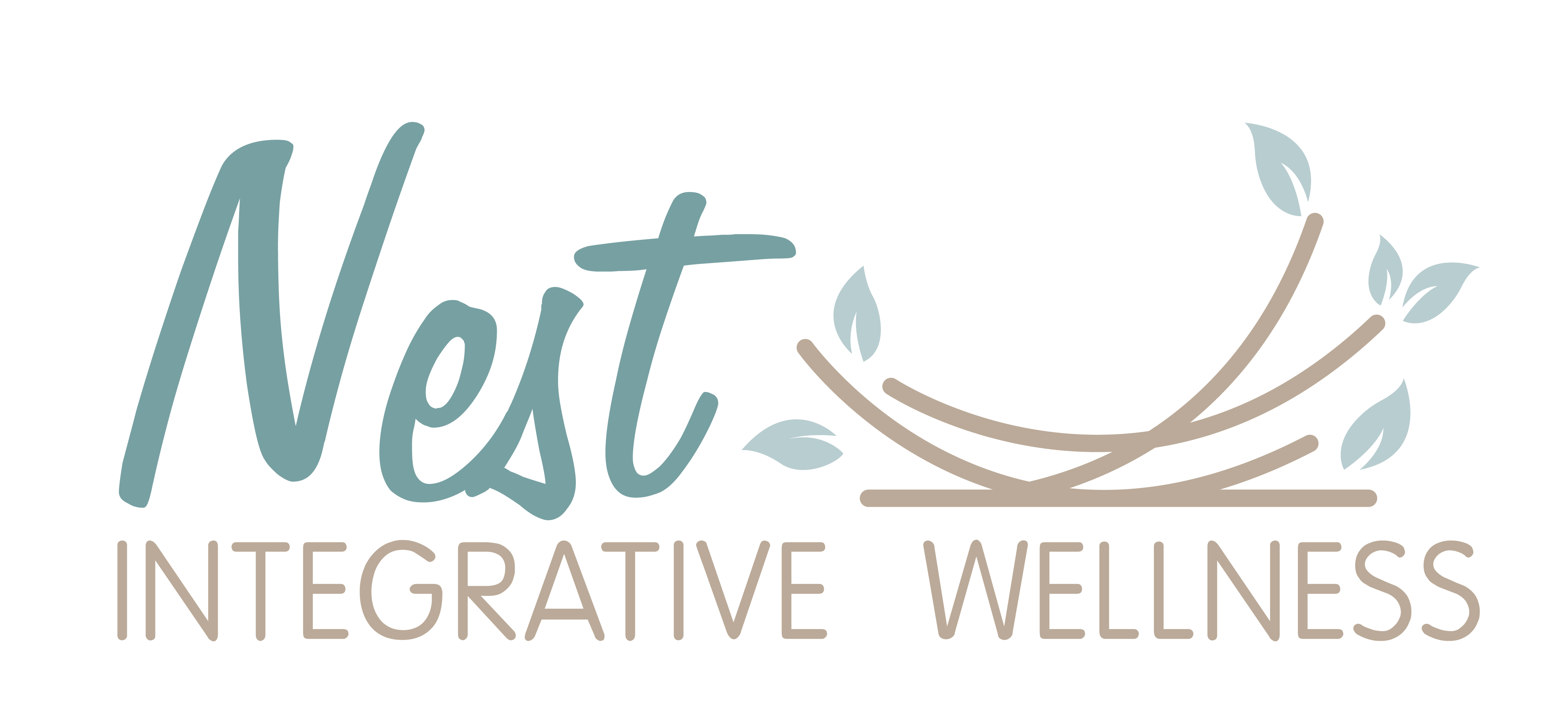
Pregnancy and the postpartum period can bring many changes to your body. If you’re experiencing concerns about your pelvic floor, you’re not alone! This guide provides natural solutions and strategies to help you regain strength, control, and comfort. Understanding these changes is the first step in preventing future issues and effectively managing any symptoms you may be experiencing.
Here are some of the most common shifts:
- Urinary Incontinence: Pregnancy hormones and the weight of your growing baby can increase stress on your bladder control. Postpartum, weakened muscles might lead to leakage, especially during moments of exertion. This involuntary leakage of urine can be a common condition, particularly among women.
There are different types of urinary incontinence:
- Stress incontinence: Urine leaks during physical exertion, like coughing, laughing, sneezing, or exercise.
- Urge incontinence: A sudden, intense urge to urinate, often accompanied by leakage before reaching the bathroom.
- Mixed incontinence: A combination of stress and urge incontinence symptoms.
- Fecal Incontinence: Temporary leakage may occur after childbirth, particularly if there is tearing or an episiotomy. Hormonal changes may also play a role. This involves the inability to control bowel movements, leading to accidental leakage of stool or gas. Its severity can vary from occasional gas leakage to a complete loss of bowel control.
- Pelvic Organ Prolapse: The strain of pregnancy and childbirth can contribute to a slight descent of pelvic organs. When one or more pelvic organs (bladder, uterus, rectum) descend or bulge into the vagina. This happens due to the weakening of the supportive tissues. Prolapse can create a feeling of pressure, heaviness, or even a visible bulge in the vaginal area.
- Pelvic Pain: Hormonal shifts, changes in pelvic floor muscle tension, and potential nerve irritation during childbirth can cause discomfort in the lower abdomen, pelvic region, or genitals.
How do you know if you have a weak pelvic floor?
It’s common to notice some changes in your pelvic floor after childbirth. Here are some signs that might indicate the need for extra attention and support:
- Difficulty controlling urine or bowel movements.
- Leaking urine during activities like coughing, laughing, sneezing, or exercise.
- Leaking urine when lifting your baby.
- Difficulty fully emptying your bladder.
- A feeling of heaviness or pressure in the pelvic area.
- Pain during intercourse.
- A feeling of looseness or reduced sensation during intercourse.
If you’re experiencing any of these, don’t hesitate to talk to your doctor or a pelvic floor specialist. Many practical solutions are available to help!
How do you fix a weak pelvic floor?
Strengthening your pelvic floor can significantly improve your postpartum recovery and long-term well-being. Here are strategies that may help:
- Pelvic floor exercises (Kegels): These are often the first step in restoring strength. During pregnancy, focus on gentle contractions. Postpartum, you can progress to longer holds and more repetitions.
- Lifestyle changes: Manage constipation, avoid heavy lifting while you heal, and practice good posture to support pelvic floor recovery.
Additional Therapies: Talk to your doctor about options like biofeedback, pessaries, or, in some cases, surgery, if needed for further support.
How do you strengthen your pelvic floor?
Did childbirth leave you feeling a little ‘different’ down there? You’re not alone. Pregnancy and delivery can put a strain on your pelvic floor muscles. The good news is that targeted exercises can make a big difference in restoring strength and control. Here’s your postpartum pelvic floor recovery guide:
Locating Your Pelvic Floor Muscles
- Imagine stopping the flow of urine midstream. The muscles you engage are your pelvic floor muscles.
Basic Kegel Exercise
- Squeeze and Release: Gently squeeze as if you’re stopping your flow, then fully relax. Hold for a few seconds (start with what you can comfortably manage, even if it’s just 1-2 seconds).
- Repeat: Aim for 10-15 repetitions.
- Frequency: Target 3 sets of Kegels daily. They can be done discreetly anytime!
Important Tips
- Breathe: Exhale as you squeeze, inhale as you relax.
- Don’t Overdo It: Start with shorter holds and fewer repetitions. Gradually increase as you get stronger.
- Listen to Your Body: If you experience pain, stop and consult a pelvic floor physiotherapist for guidance.
Additional Support: Remember, pelvic floor exercises are often just one part of postpartum recovery. Combining them with managing constipation, proper lifting techniques, and other therapies can provide optimal support.
Be Patient: Strengthening your pelvic floor takes time and consistency. With regular practice, you’ll notice improvements!
Can Kegels Make Things Worse? Understanding Tight Pelvic Floor Muscles After Birth
You’ve been dutifully doing your Kegels, hoping to improve things after childbirth. But instead, you’re noticing increased pain or discomfort. What’s going on?!
The surprising answer might be that your pelvic floor muscles are too tight.
While most postpartum advice focuses on weakness, tightness in the pelvic floor is also common. This can lead to pain during intercourse, difficulty with tampons, pelvic pain, and sometimes even urinary or bowel difficulties.
If you’re experiencing these symptoms, continuing traditional Kegels might worsen the problem. Instead, specialized exercises and techniques are often needed to release tension and restore pelvic floor balance.
See a physiotherapist with certification in pelvic health: If you’re struggling with pelvic pain or discomfort after childbirth, don’t hesitate to talk to your healthcare provider or a physiotherapist. They can help identify the cause of your symptoms and guide you toward the best treatment options.
Key Takeaway: Kegels are a fantastic tool, but they’re not a one-size-fits-all solution for postpartum pelvic health. Understanding your body’s specific needs is the key to lasting recovery.





